Although chlorine is an electron withdrawing group, yet it is ortho-, para- directing in electrophilic aromatic substitution reactions. Why?
Chlorine withdraws electrons through inductive effect and releases electrons through resonance. Through inductive effect, chlorine destabilises the intermediate carbocation formed during the electrophilic substitution.
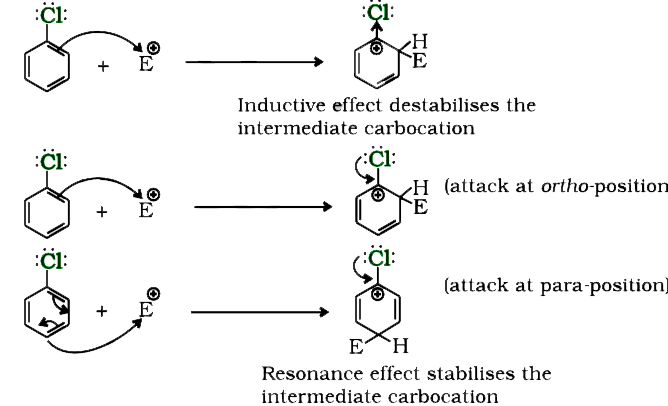
Through resonance, halogen tends to stabilise the carbocation and the effect is more pronounced at ortho- and para- positions. The inductive effect is stronger than resonance and causes net electron withdrawal and thus causes net deactivation. The resonance effect tends to oppose the inductive effect for the attack at ortho- and para- positions and hence makes the deactivation less for ortho- and para- attack. Reactivity is thus controlled by the stronger inductive effect and orientation is controlled by resonance effect.
Topper's Solved these Questions
- HALOALKANES AND HALOARENESBOOK - NCERT ENGLISHCHAPTER - HALOALKANES AND HALOARENESEXERCISE - Exercise
31 Videos
- GENERAL PRINCIPLES AND PROCESSESS OF ISOLATION OF ELEMENTS BOOK - NCERT ENGLISHCHAPTER - GENERAL PRINCIPLES AND PROCESSESS OF ISOLATION OF ELEMENTS EXERCISE - Exercise
31 Videos
- POLYMERSBOOK - NCERT ENGLISHCHAPTER - POLYMERSEXERCISE - Exercise
25 Videos
Similar Questions
Knowledge Check
Which of the following are deactivating but ortho, para directing during electrophilic aromatic substitution reaction ?
A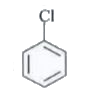 B
B C
C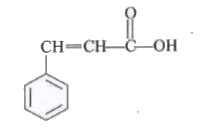 D
D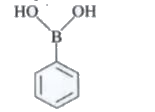
Which of the following are more reactive than diphenyl in electrophilic aromatic substitution reaction ?
A B
B C
C D
D
Halogens are deactivating yet ortho,para directing in electrophilic aromatic substitution. Which statements do not explain this ?
AA combination of inductive electron withdrawal and resonance electron release.BInductive electron withdrawal with no resonance effect.CA combination of inductive electron release and resonance electron withdrawal.DA combination of inductive electron release and resonance electron release.
Can the amino group, in the aniline molecule, become meta-directing in an elecrophilic substitution reaction?
View SolutionWhich of the following reaction belong to electrophilic aromatic substitution
View SolutionRank the following compounds in decreasing order of reactivity in electrophilic aromatic substitution reaction

View SolutionArrange the following compound in reactivity towards EAS (Electrophilic aromatic substitution) reaction ?

View SolutionBacause of the resonance stabilization of Arylhalides they are unreactive toward normal nuclephilic substitution reactions . However arylhalides having strong electron withdrawing groups at ortho and para positions give aromatic nucleophilic substitution reactions (SNAr mechanism ) , which involves a resonance stablilized carbanion called Meisenheimer complex
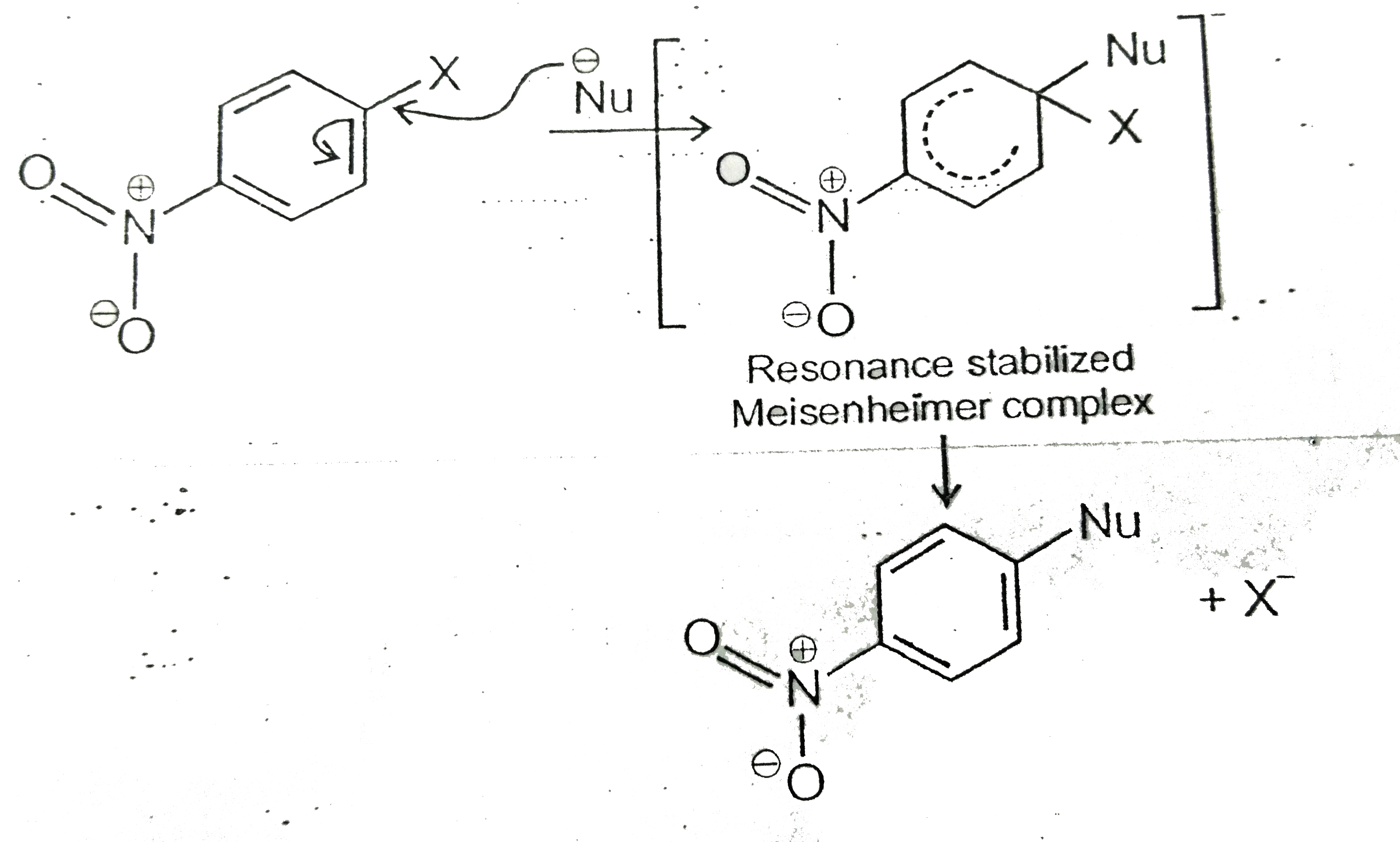
What would be the product of the given reaction ?
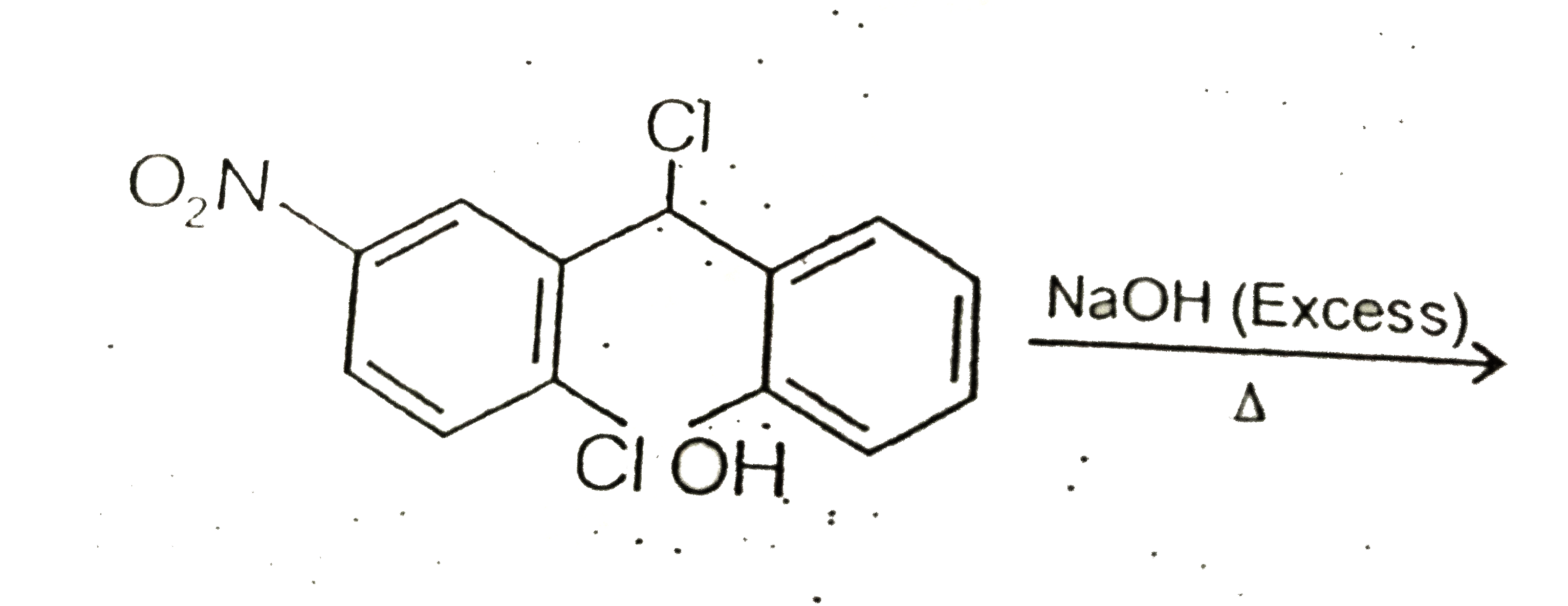
View Solution

